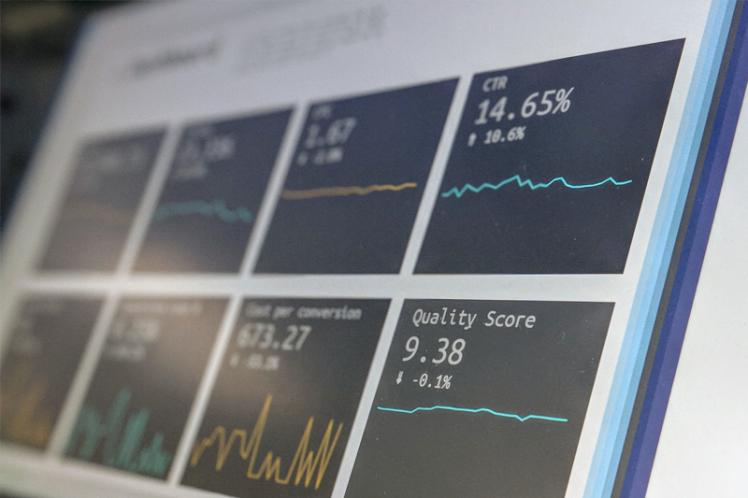How to Measure Brand Experiences

Understand how to financially and holistically measure brand experiences, and prove value for your organization
Demonstrating the business case for building brand experiences in the boardroom is a challenge even the most seasoned executives face. Being able to show how you will measure brand experiences with confidence and conviction is key.
This article will outline some simple and practical guidelines that will help you measure brand experiences, which will involve:
- Obtaining a baseline measurement that span employee, brand and financial metrics.
- Taking employee, brand and financial metrics at predetermined intervals.
Adopting this approach is important because it will help you to do the following:
- Demonstrate, in no uncertain terms, the value brand experiences deliver to your organization.
- Provide a more balanced and rounded approach because you'll be collecting short/long term, internal/external and hard/soft measures - this will help take any necessary pre-emptive action before financial performance suffers
Why you shouldn't focus purely on financial metrics
Chief Marketing Officers and other c-suite executives are often under pressure to deliver against short-term financial targets. These include sales, profit margins, earnings before tax depreciation and amortization. This is understandable; executives need to deliver financial returns to satisfy investors and other stakeholders with a financial interest in the company. But focusing purely on financial metrics is problematic because of the following:
1. Financial Metrics are Retrospective
It’s important to learn from the past, but those responsible for brand experiences cannot be guided by history alone. If last quarter’s sales are down, you can't do anything about that now.
This contrasts with employee and brand metrics which are forward-looking or ‘leading’ metrics. For example, if brand relevance or employee engagement scores dropped during the last quarter, it’s likely this will adversely affect financial metrics later down the line (all other things being equal).
The good news is that this ‘lag effect’ means brand and employee measures can act as a brand experience ‘crystal ball’, which can prompt pre-emptive action before financial performance suffers. For example, if brand relevance or employee engagement scores fall, there may be time to change things before that customer buys again, or that employee interacts with a customer.
2. Financial Metrics are Short Term
Even with advanced econometric models, it is hard to predict performance beyond a few quarters (at best). This perspective is diametrically opposed to the strategic mentality that needs to underpin brand experience building.
3. Financial Metrics Focus on ROI
Compared with short-term marketing activities such as sales promotion or an email marketing campaign, it is very difficult to directly attribute ROI (return on investment) to building brand experiences. The longer time horizons involved in building brand experiences blur the line of sight, and this doesn’t lend itself to ROI calculations.
The Benefits of Obtaining Employee, Brand and Financial Metrics
Instead of concentrating purely on financial metrics, it’s advisable to measure brand experiences through a holistic suite of baseline measures, build the experiences, then continue to measure again at predetermined intervals. Doing this will help you establish the benefits that your brand experience delivers. The measurements you obtain should span employee, brand and financial metrics, for example:
- Employee metrics include employee engagement, advocacy, relative satisfaction and wellbeing.
- Brand metrics encompass relevance, relative satisfaction and/or price premiums you can control.
- Financial metrics include data such as sales or profit margins.
Adopting a more holistic approach to measuring brand performance means your efforts will be more balanced and rounded because they will include:
- Hard (financial) and soft (brand/employee) metrics.
- Internal (employee) ad external (brand and financial) metrics.
- Short (financial) and long-term (brand/employee) metrics.
This is important because one often compensates for the other. Once you have three sets of data you’ll then be able to explore cause and effect relationships. This is powerful because:
- Employee metrics drive brand metrics, brand equity and your employer brand (and vice versa).
- Employee metrics drive financial metrics.
- Brand metrics drive financial metrics.
Key Takeaways
The relationships between employee, brand and financial metrics is nuanced and complex. To think every company or even every market is shaped by the same dynamics and measurement would confuse simplicity with simplification.
To solve this, it’s best to identify a small number of key metrics relevant to your organization, explore their relationship with key financial metrics, monitor, learn and iterate where necessary.
However, don’t lose sight of the overarching approach. If you want to understand how to drive financial performance of the brand experiences you build, start with carefully selected employee and brand measures and focus your efforts there; if these improve then your financial metrics will follow. Equally, the good news is that if the employee and/or brand metrics drop, you still have time to rectify the situation before they adversely affect financial performance.
And this is where the real beauty of taking a measured approach to measuring brand performance lies.




